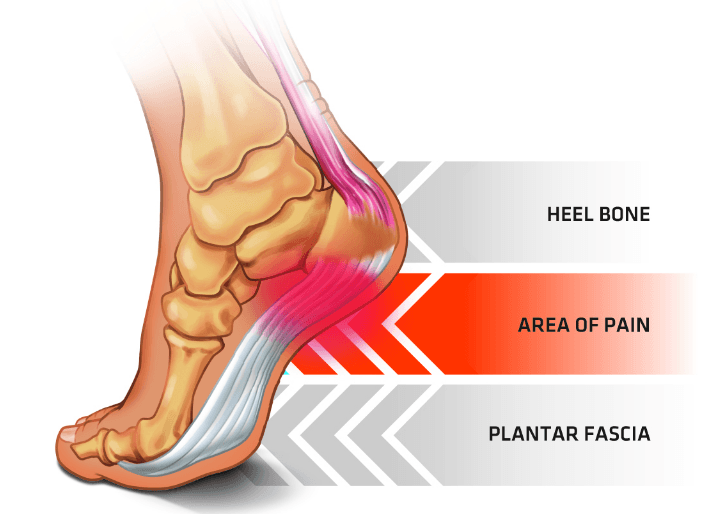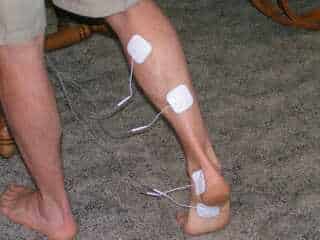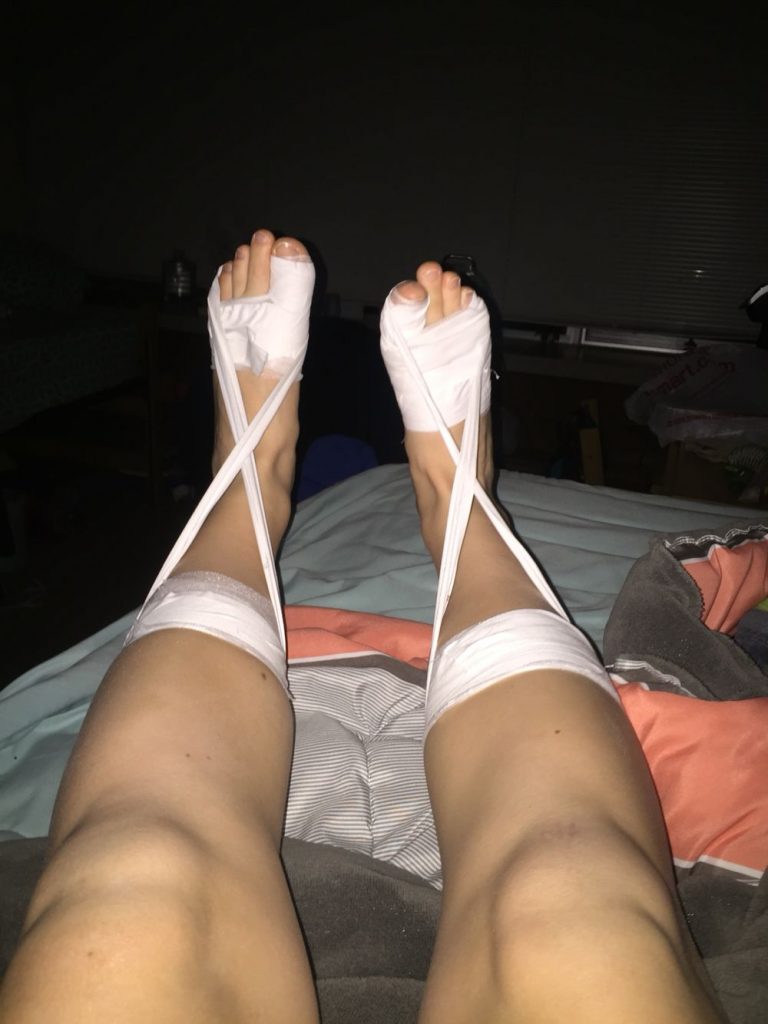Plantar Fasciitis

Plantar Fasciitis goes hand in hand with the idea that during this quarentine, people are going to be looking for ways to be active without going to the gym – running, walking, home HIIT workouts, etc.
Plantar fasciitis occurs when tension within the plantar fascia increases.
The plantar fascia is designed to absorb the high stresses and strains we place on our feet. But, sometimes, too much pressure damages or tears the tissues. The body’s natural response to injury is inflammation, which results in the heel pain and stiffness of plantar fasciitis.
Common cause of foot pain in adults, peak incidence between the ages of 40 and 60 years. Also in younger population consisting of runners, aerobic exercise dancers, and ballet dancers. Resolution of symptoms occurs within 12 months in more than 80% of patients. The exact incidence and prevalence of plantar fasciitis by age are unknown, but estimates do show that approximately one million patient visits per year are due to plantar fasciitis. This condition accounts for about 10% of runner-related injuries and 11% to 15% of all foot symptoms requiring professional medical care. It is thought to occur in about 10% of the general population as well, with 83% of these patients being active working adults between the ages of 25 and 65 years old.
SYMPTOMS
Severe pain with the first steps on arising in the morning, usually lessens with weight-bearing activity during the day. Worse on walking barefoot or up stairs.
Characteristic: Dull tooth-ache or burning pain, Stiffness may also be present, Pain Location: Posterior and medial aspect of heel, Medial tubercle of calcaneus, Medial longitudinal arch, Both heels often affected, Pain worse with first few steps in morning, Pain may be worse at days end in severe cases, Pain worse with first steps of run, Pain worse with prolonged standing (weight bearing).
TREATMENT
Common treatments healthcare professionals may prescribe for Plantar Fasciitis include chiropractic treatment, osteopathy, physiotherapy, iontophoresis, radial shockwave therapy, physical therapy, electrotherapy, ultrasound therapy, NSAIDs, orthotic foot support, surgery (rare cases) and more.
HOME TREATMENT
These are a few tips in managing Plantar Fasciitis at home during this quarantine… until we can see you for clinical treatment.
- REST – now in a perfect world I would have you completely stop doing the activity which is causing your pain until the acute phase subsides a bit; however, these are not perfect times and I believe that stopping physical activity completely would be worse for you in the long run. So, I’m willing to compromise by advising you to decrease to amount which you are exercising (decrease miles and intensity on a run/walk), substitute exercises which pound/stress the foot (like jumping during HIIT training) with exercises which reduce the pounding/stress, and of course do all the below recommendations!
- DIRECT ICE – Freeze a styrofoam or dixie cup with water. Peel away an end so ice is showing and you have a “handle” on one end. Directly massage the ice on the most painful area in small, continuous circles so the ice melts on your skin. IT WILL BE COLD AND SOMETIMES PAINFUL. Do this for no longer than 2 minutes as doing it for longer will put your skin at risk for complications.
- This tricks the cells into thinking they need to constrict and protect themselves for “survival”. Almost like how cells react when someone falls into a frozen lake. As soon as the ice is over, the cells realize they need to “save” the area by increasing oxygen and blood supply to the area which will help speed up recovery of the injured area.
- TENS – before, after exercising and PRN throughout the day. I find a combination of Heat over TENS before exercise and Ice with TENS after exercise really helps with pain management. See below for common TENS placement.
- SELF MASSAGE – GENTLE
- THERAPEUTIC EXERCISE
- WEAR YOUR ORTHOTICS – even if it’s inside the house
- NIGHT SPLINT – see below image for a version of a homemade night splint using athletic tape if you do not have access to a proper night splint.
- TAPING – see below image for athletic tape method or visit this link for kinesiology taping method. I find during the acute phase (most painful and inflamed) that the athletic taping does a better job in support but when it subsides a bit and you start exercising more the kinesiology tape will help better without restricting motion.
Again, if you have any questions, comments or concerns, please do not hesitate to contact us. We will be happy to help in any way we can during this novel time.
Sources:





